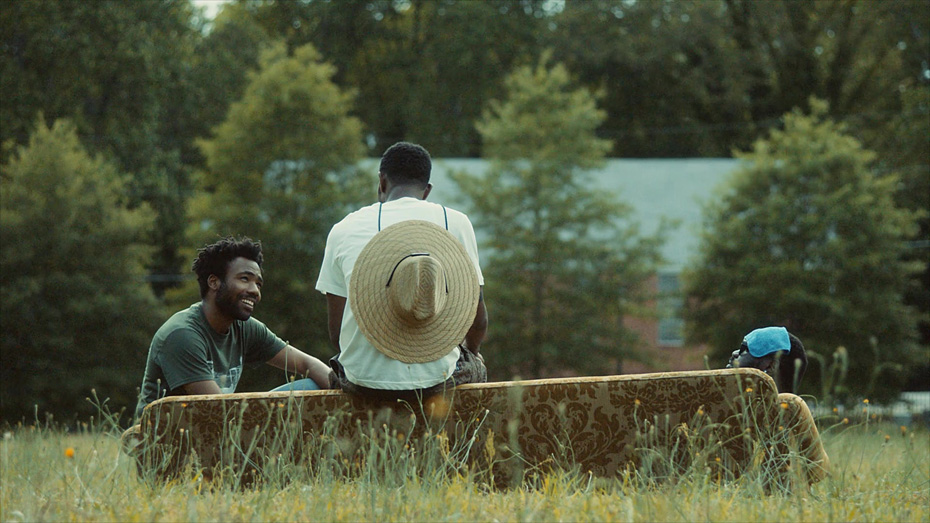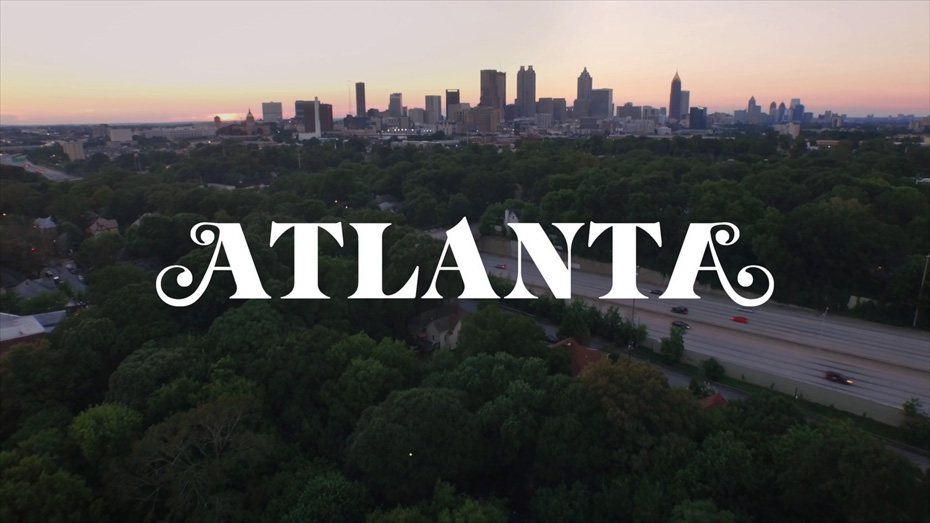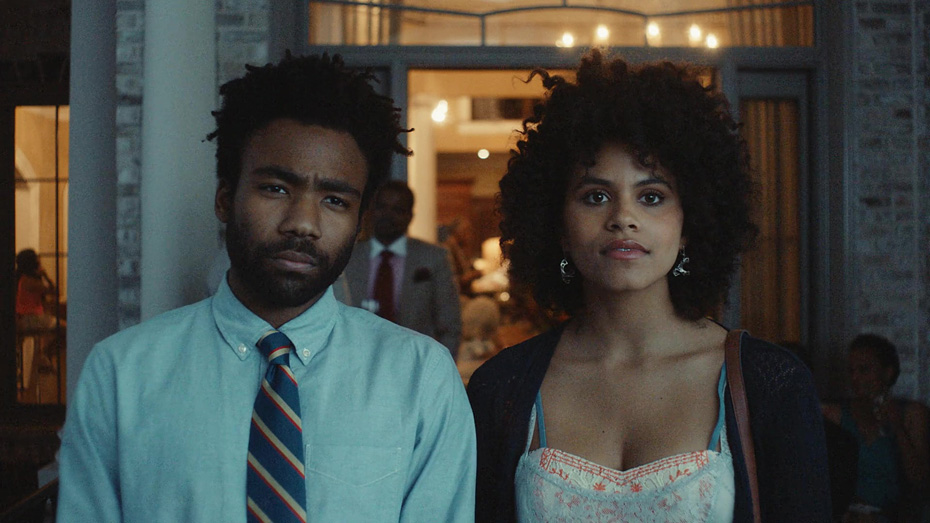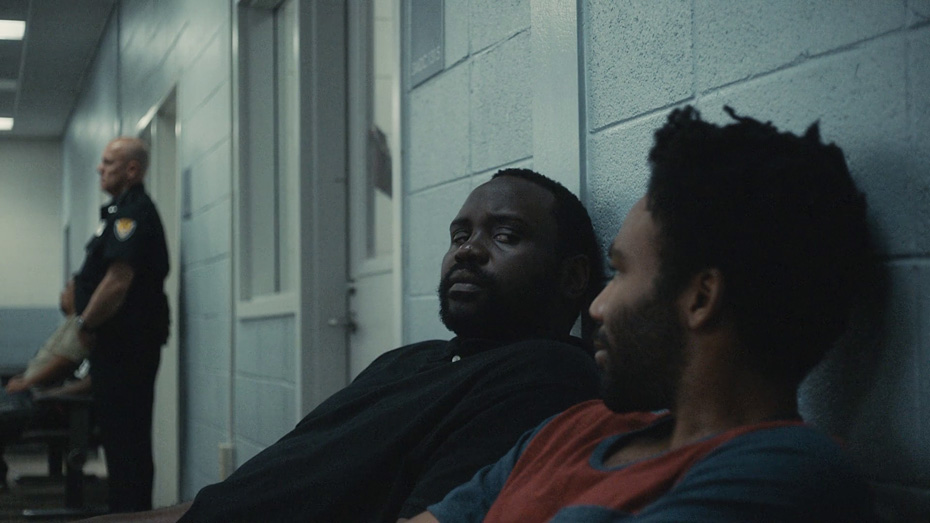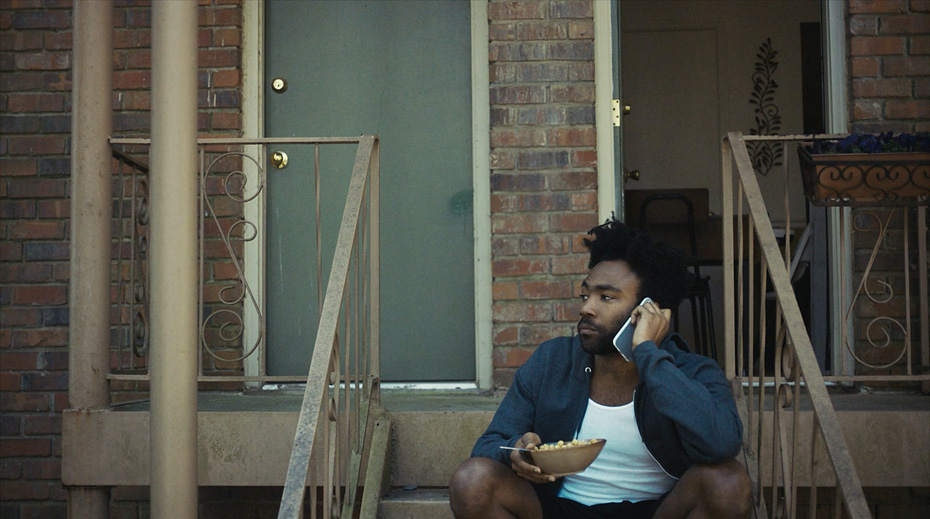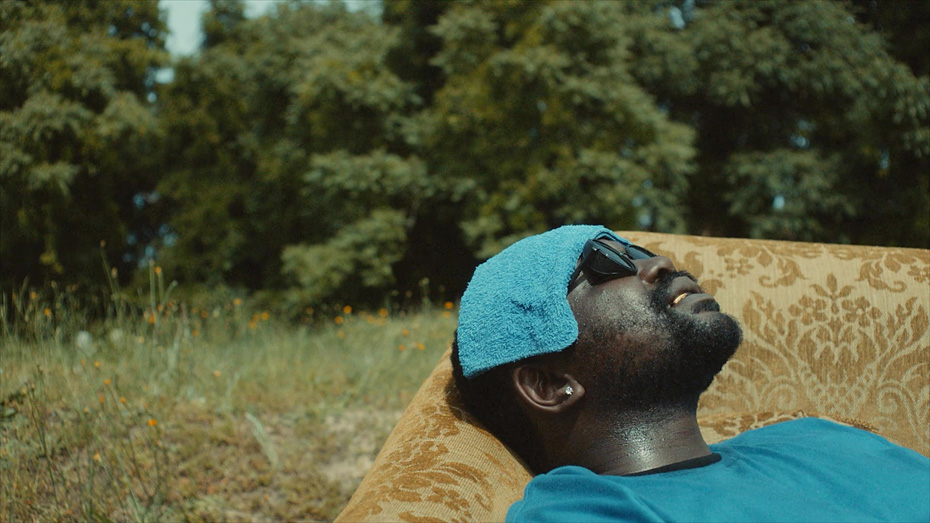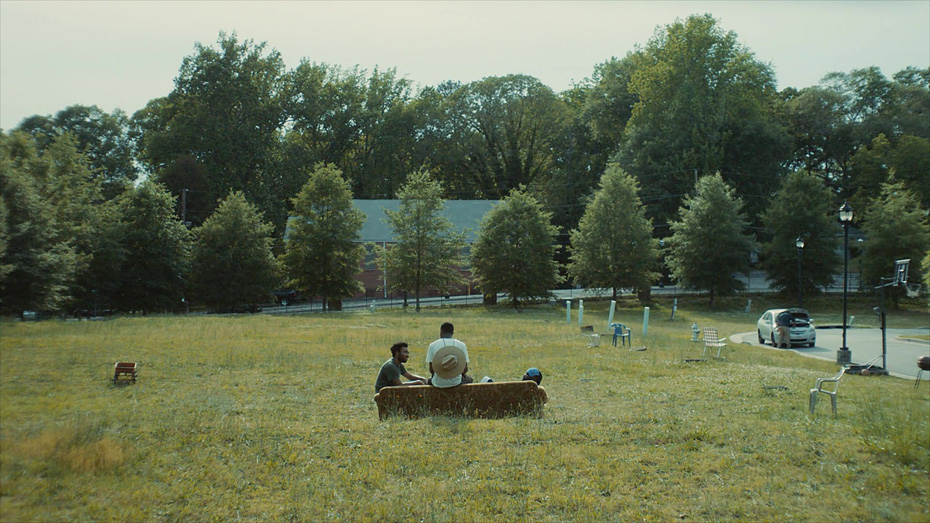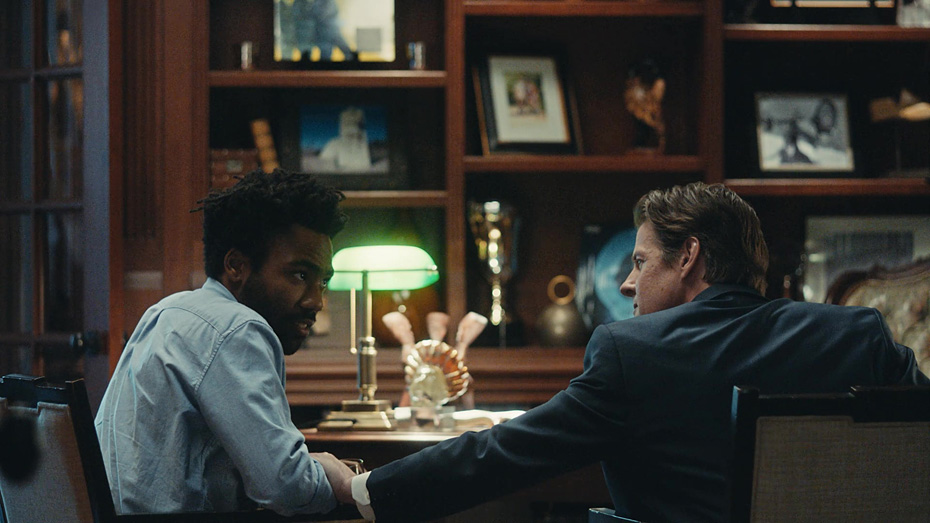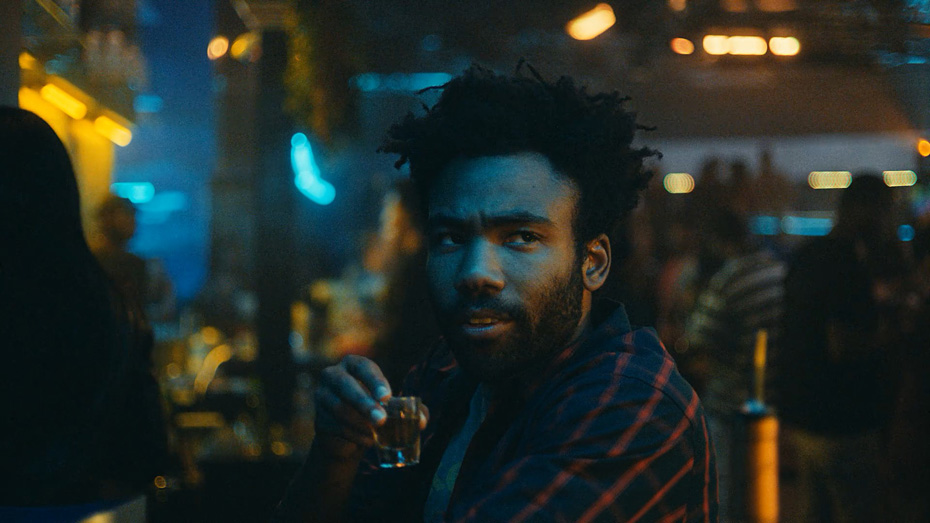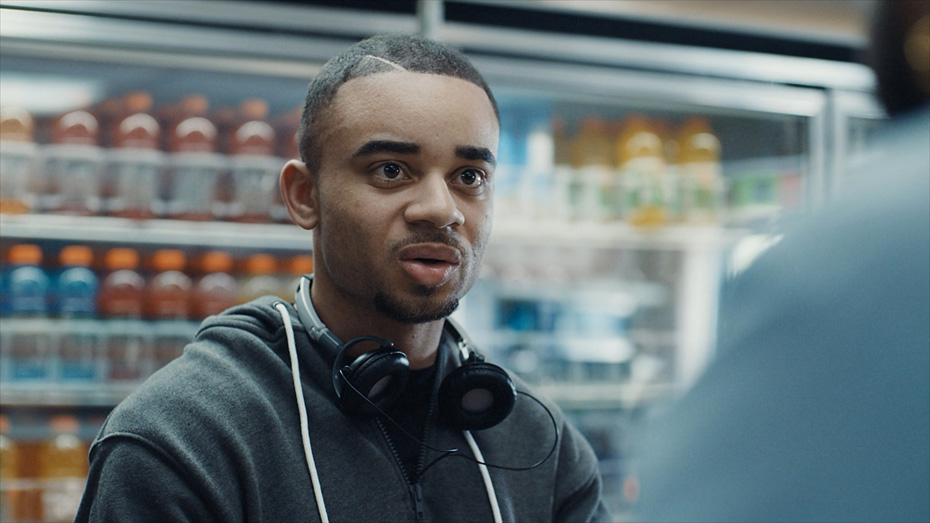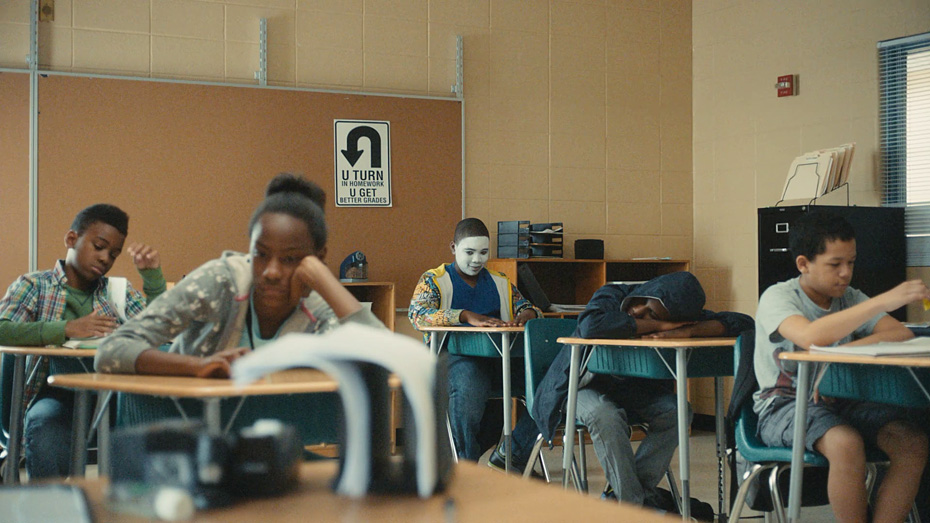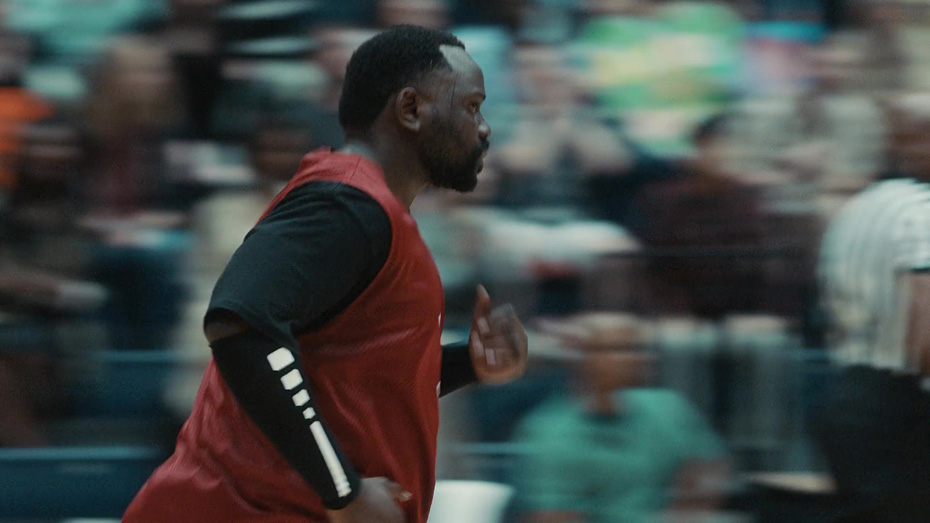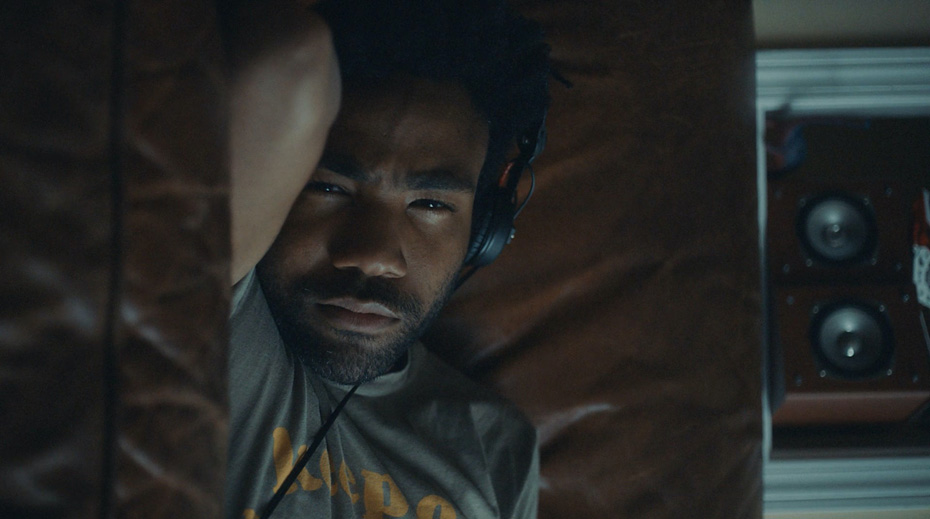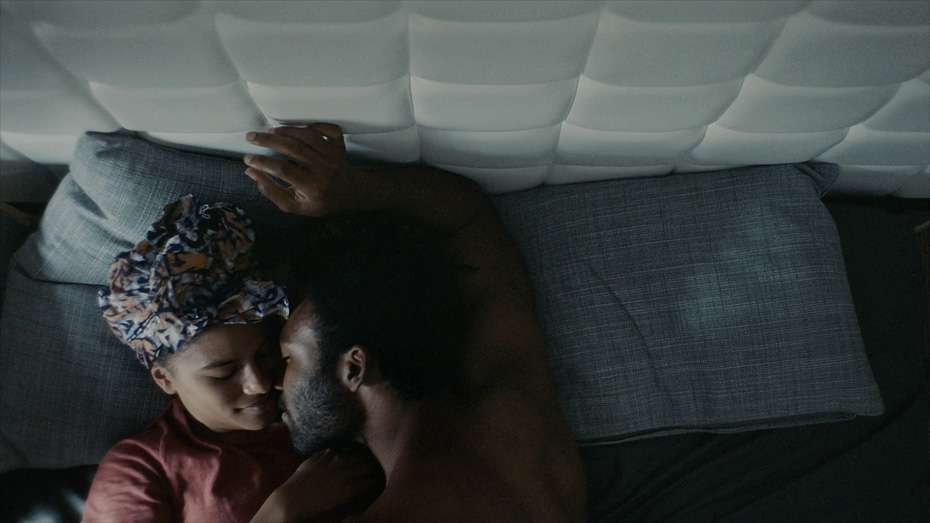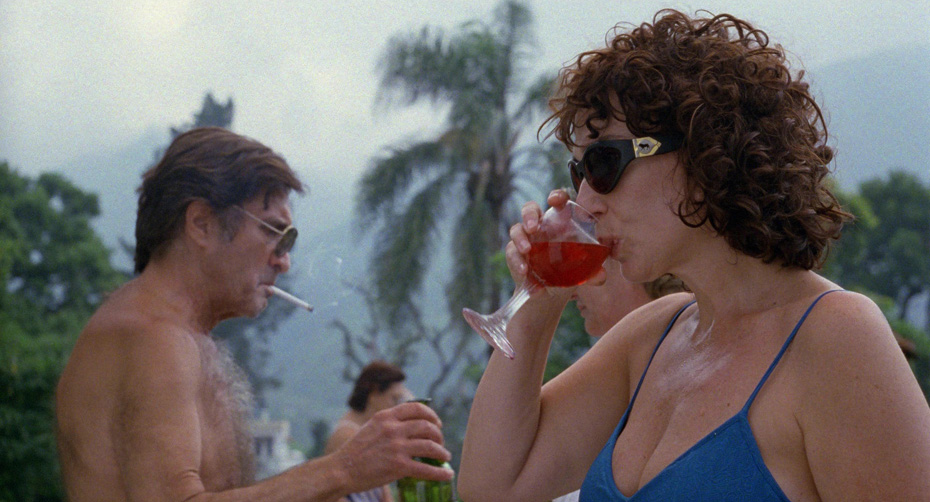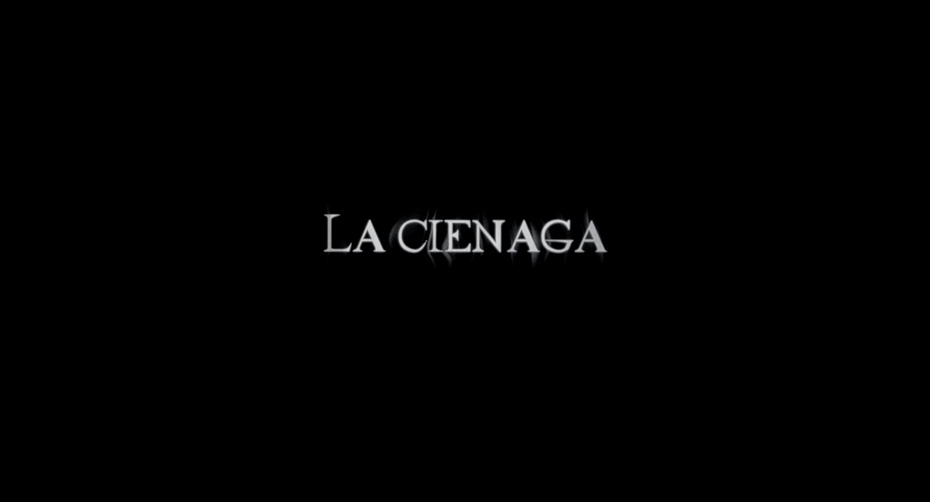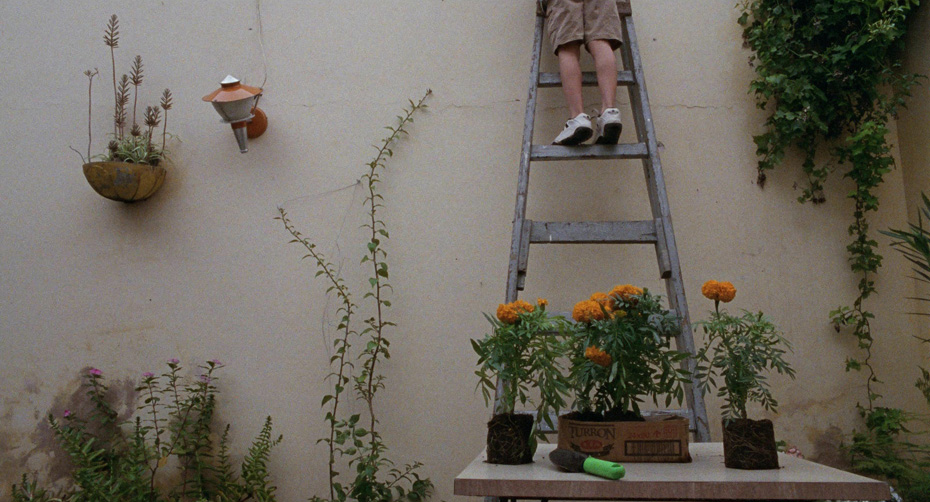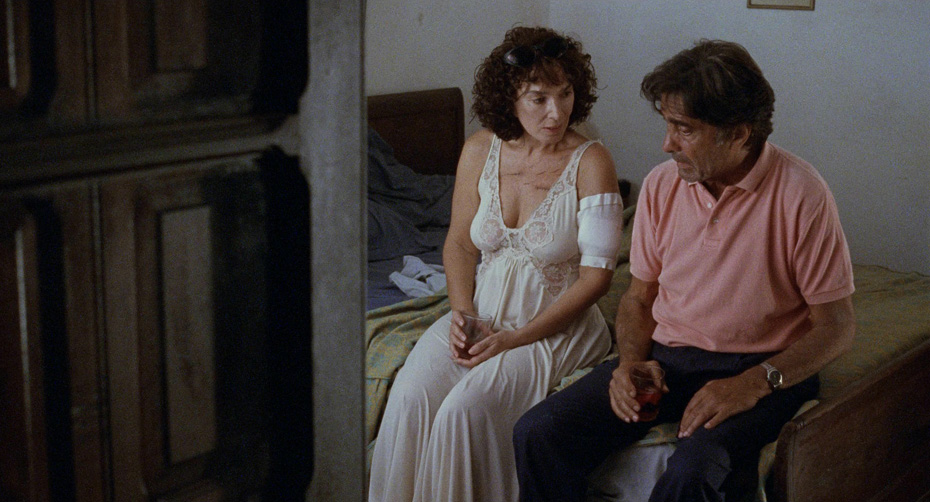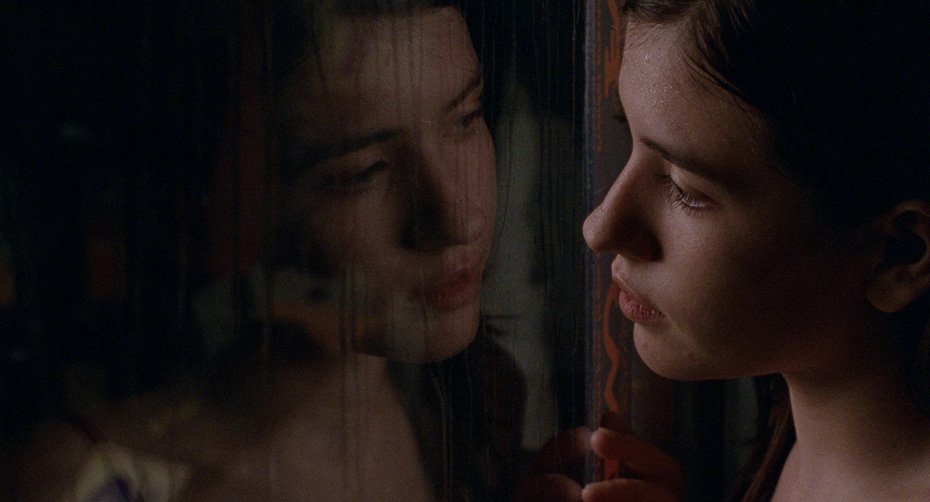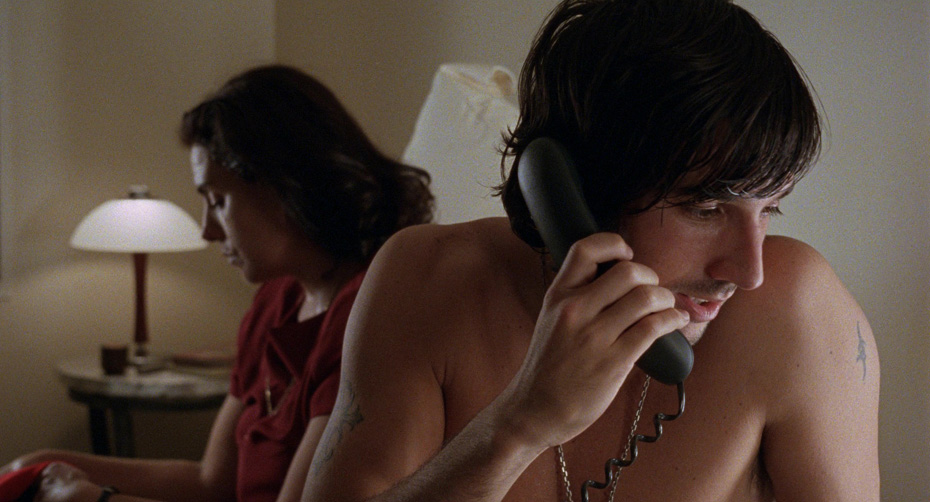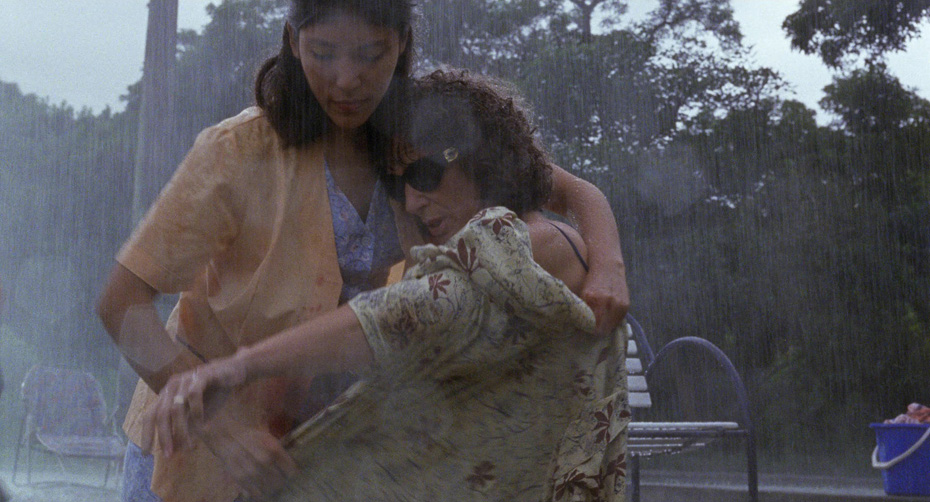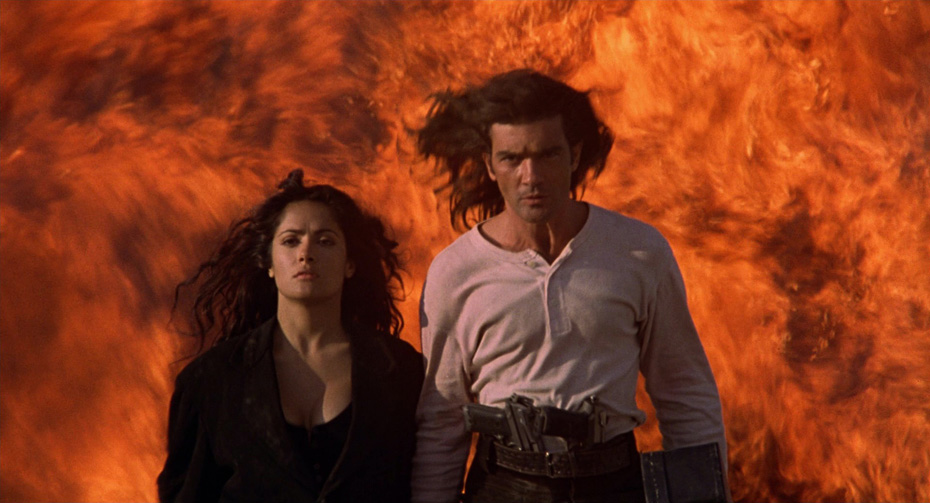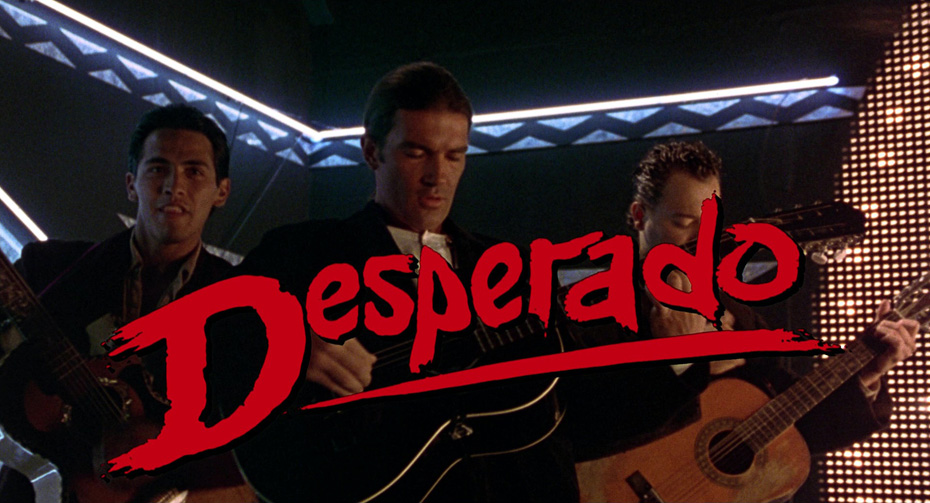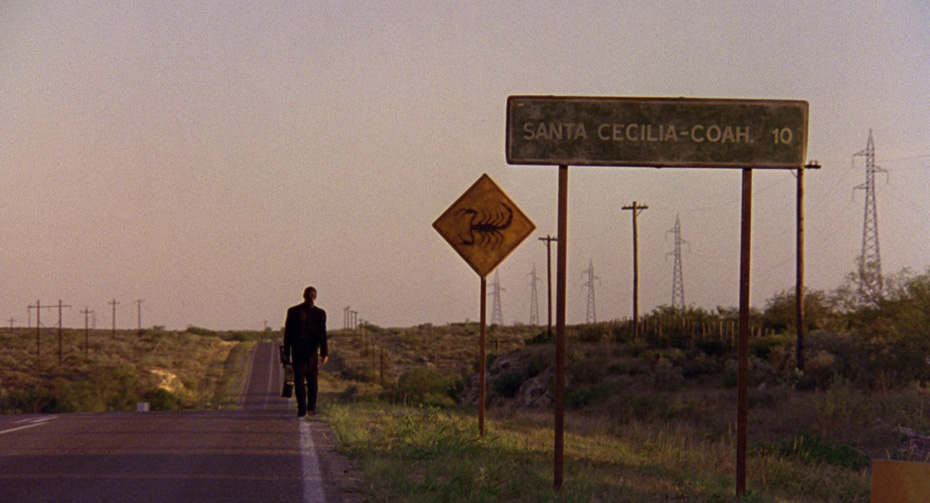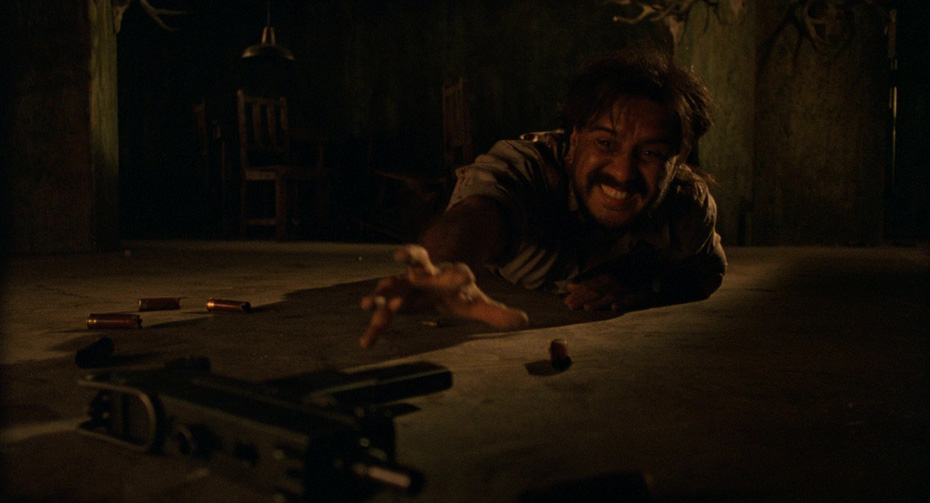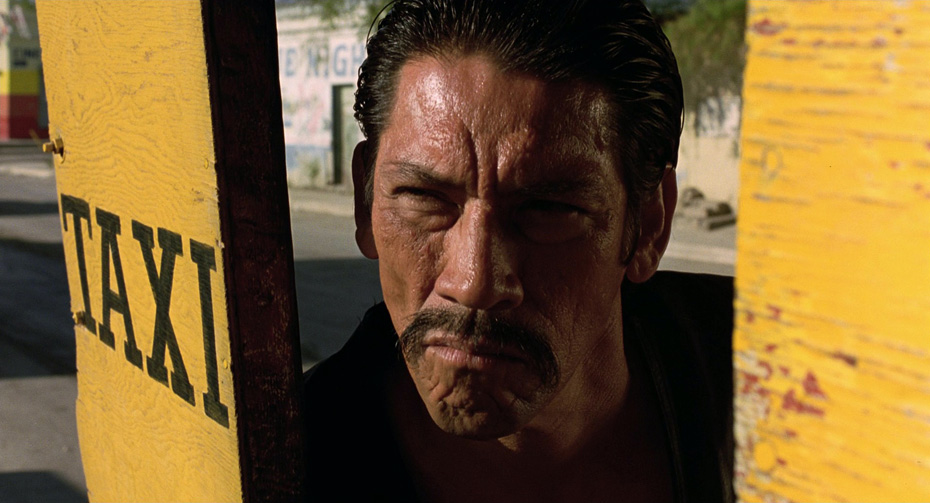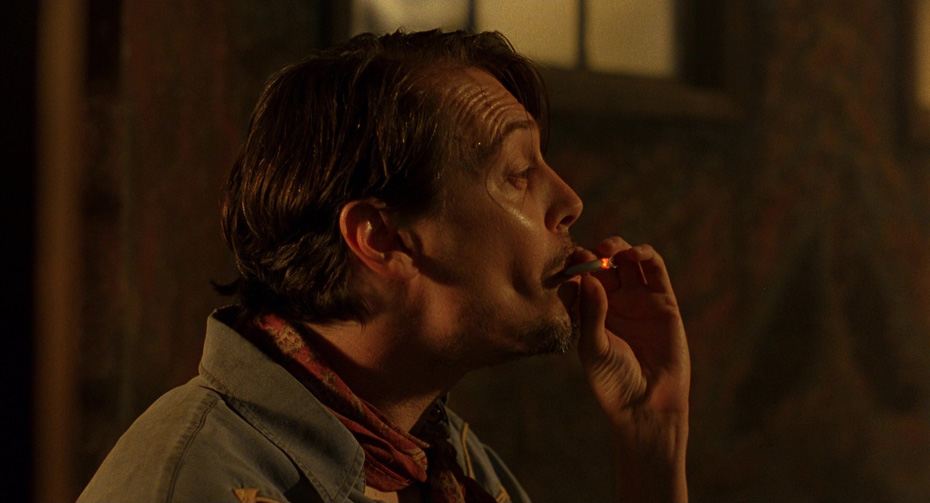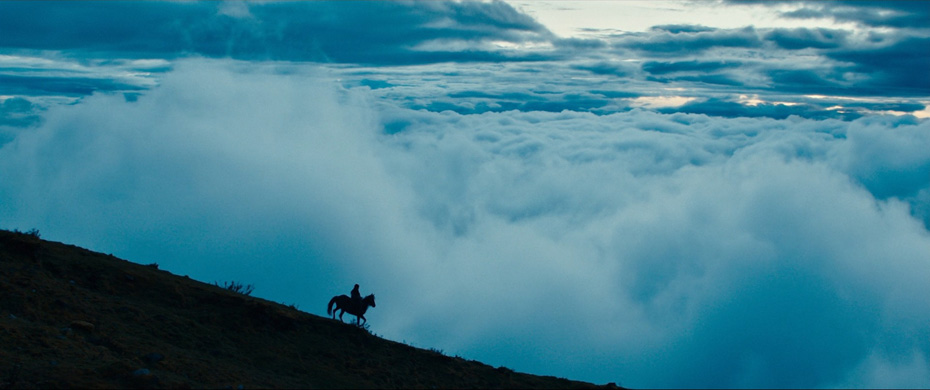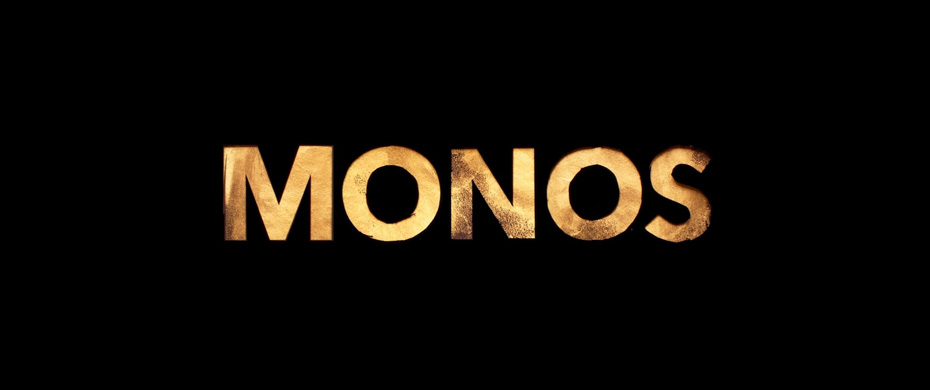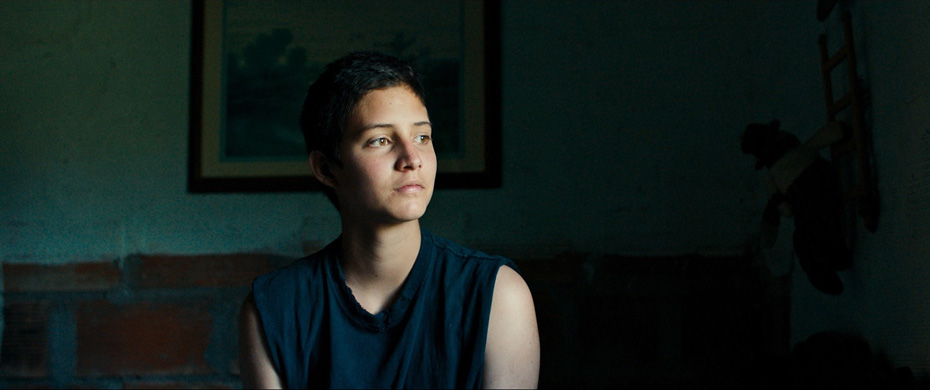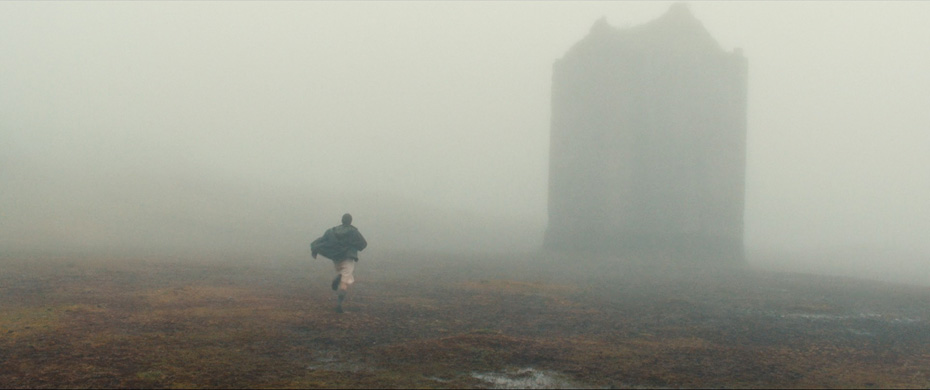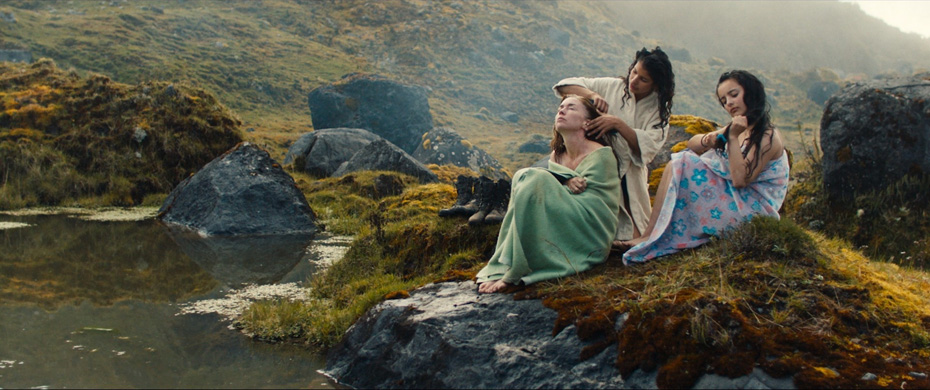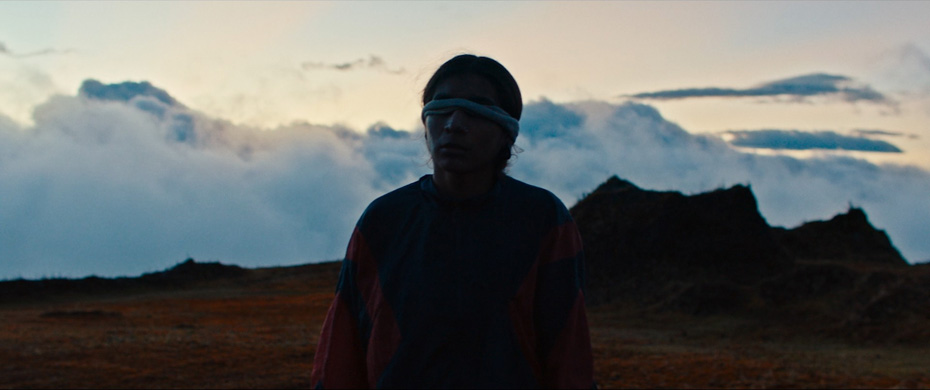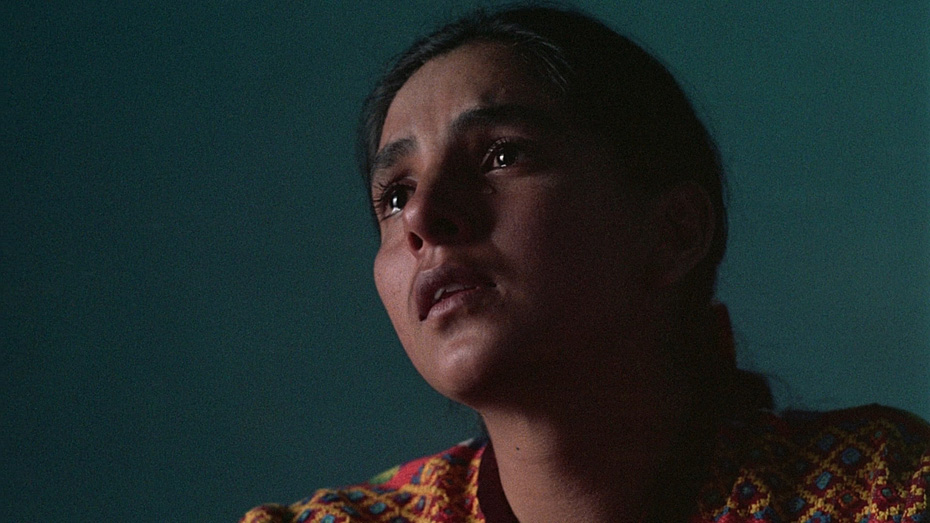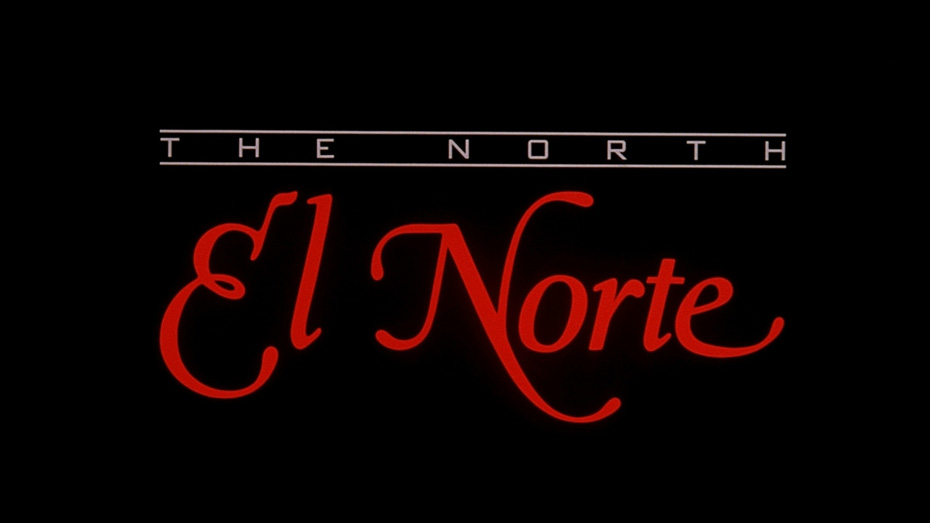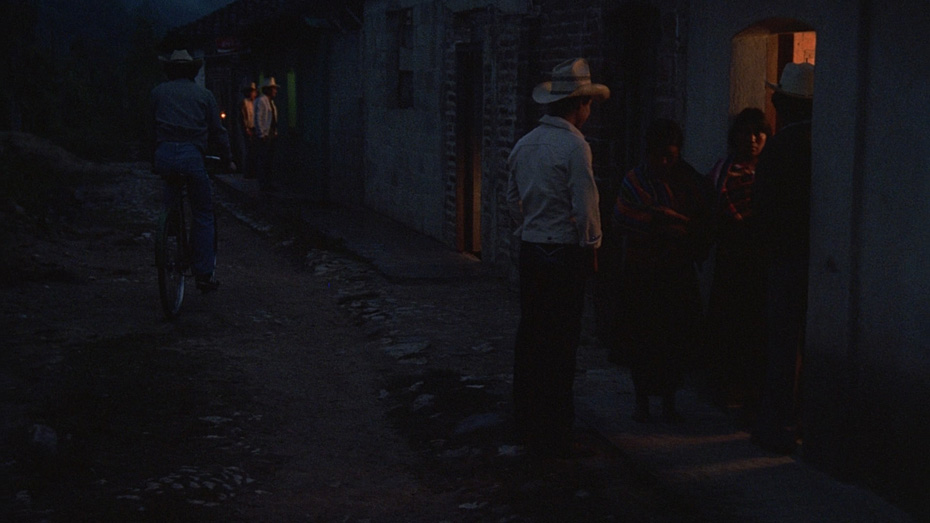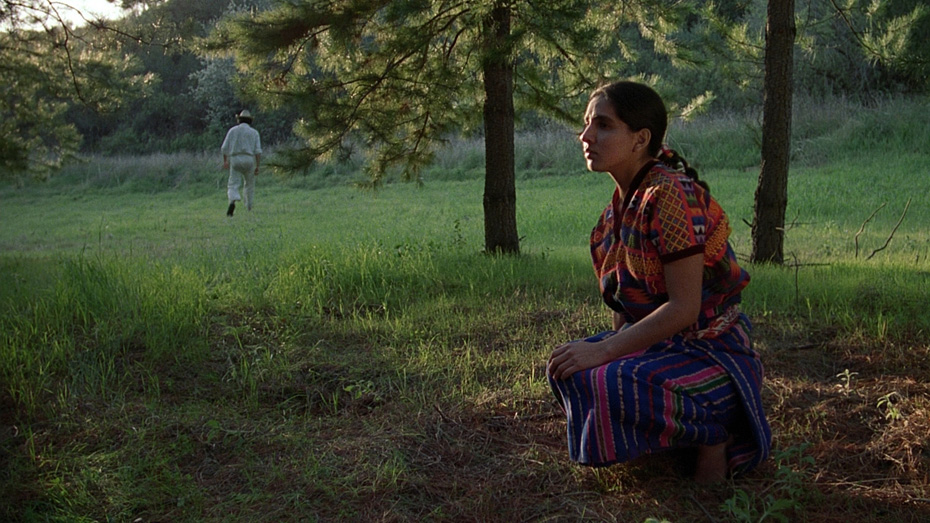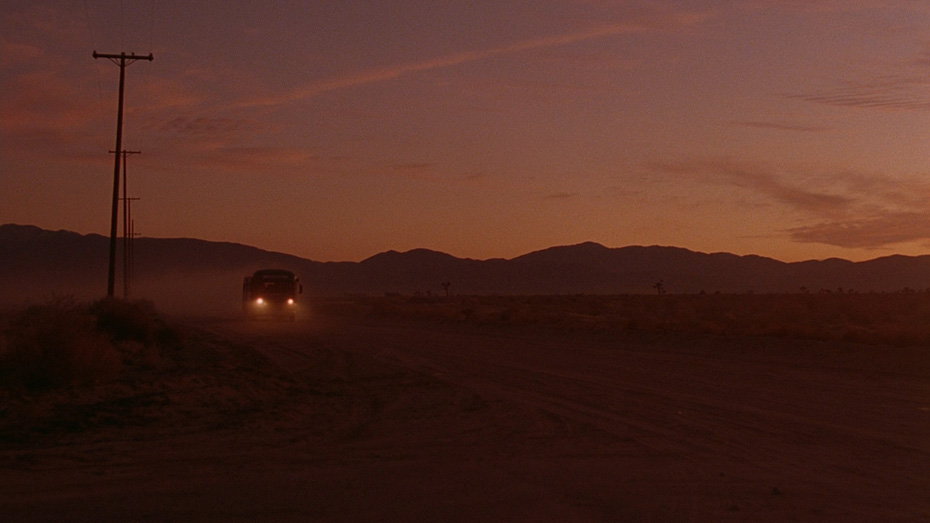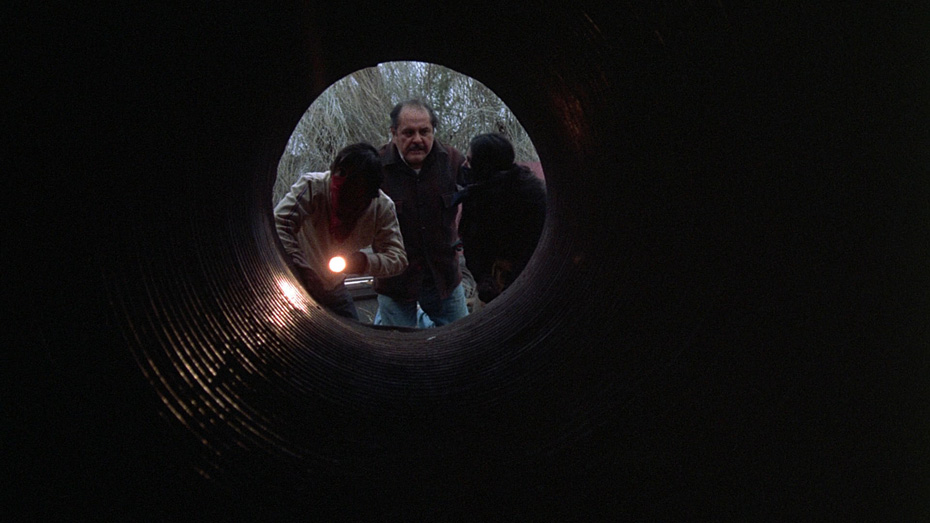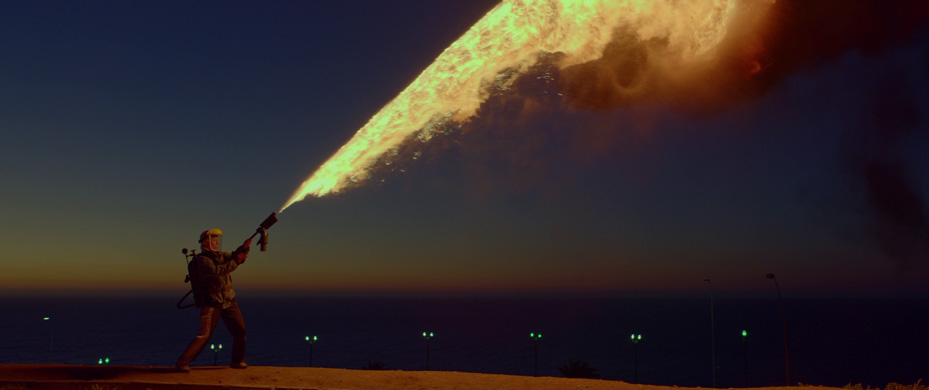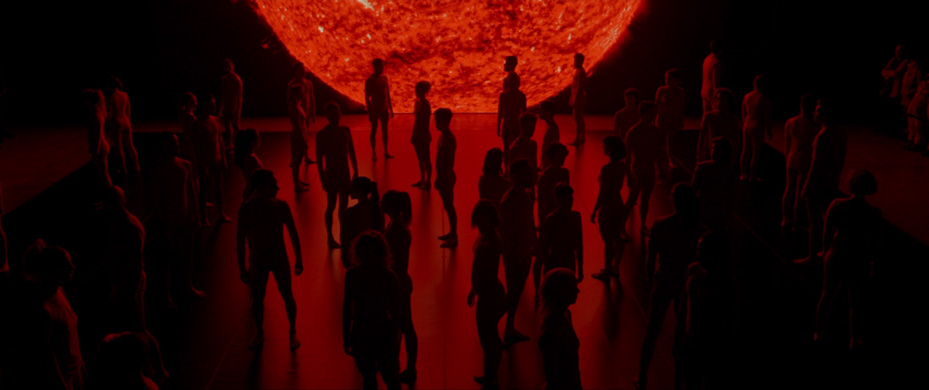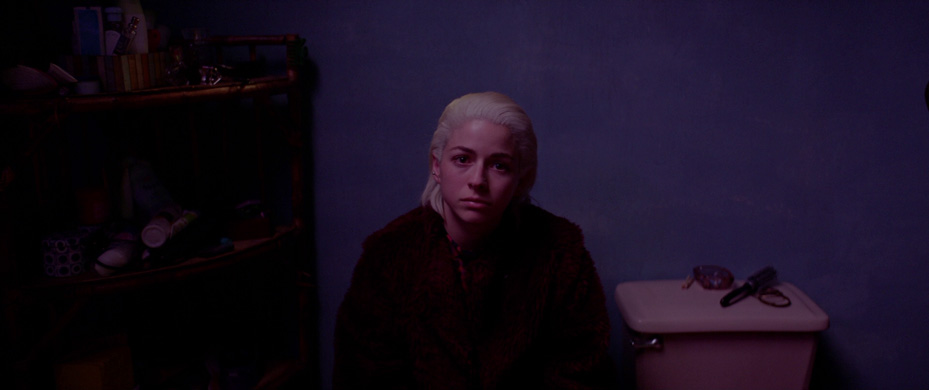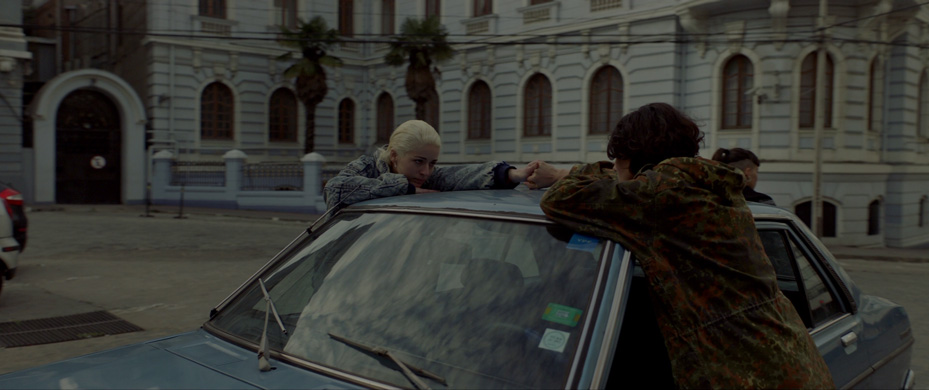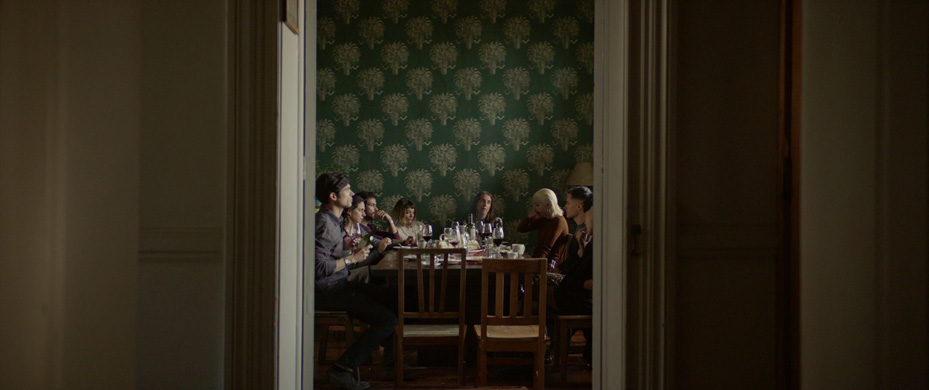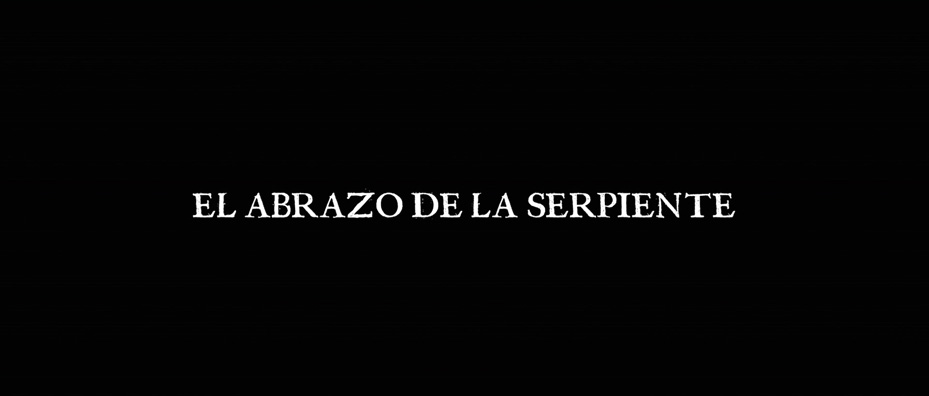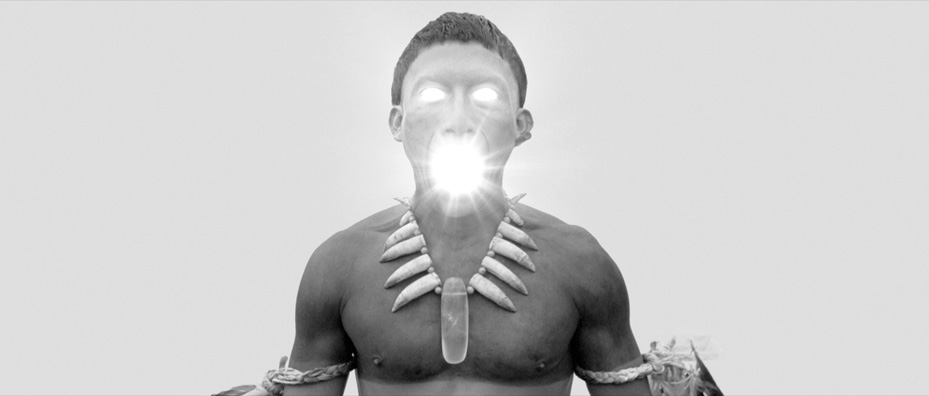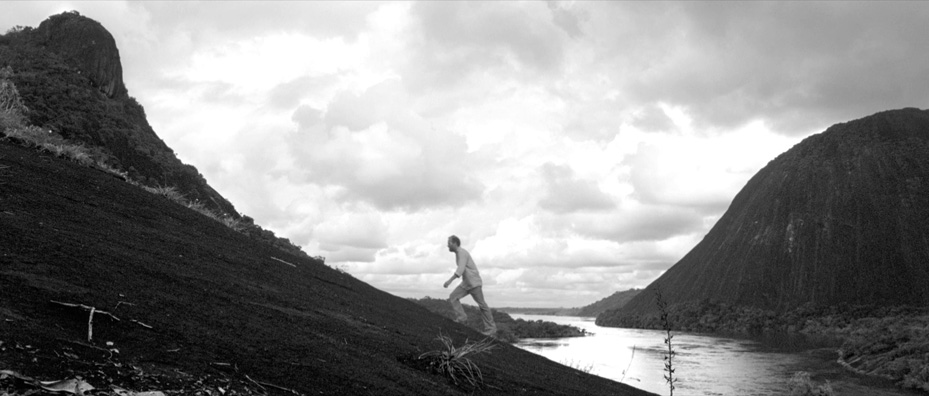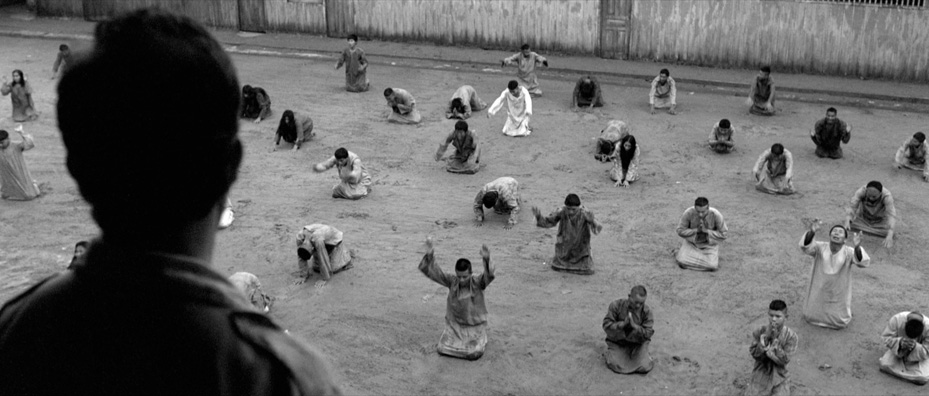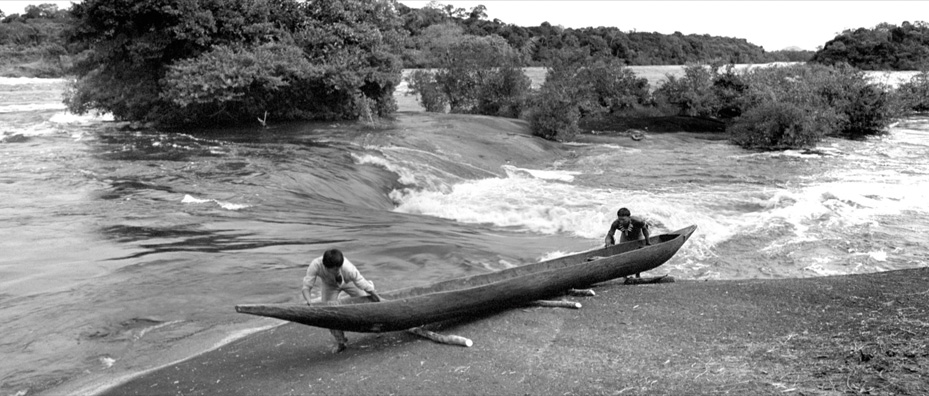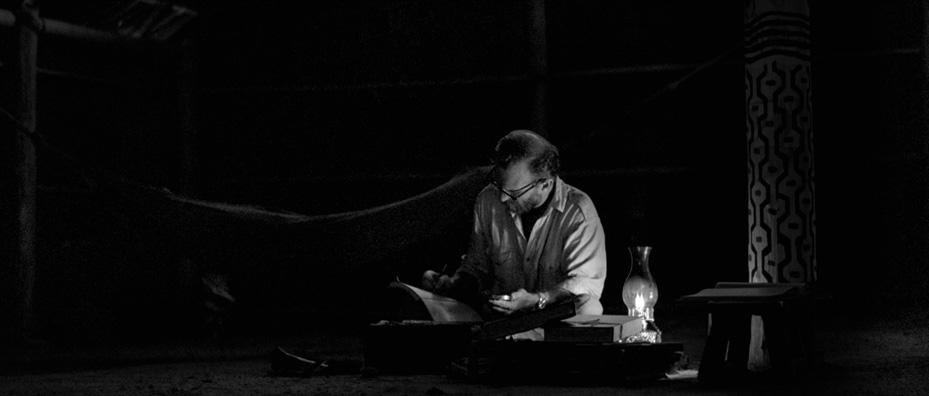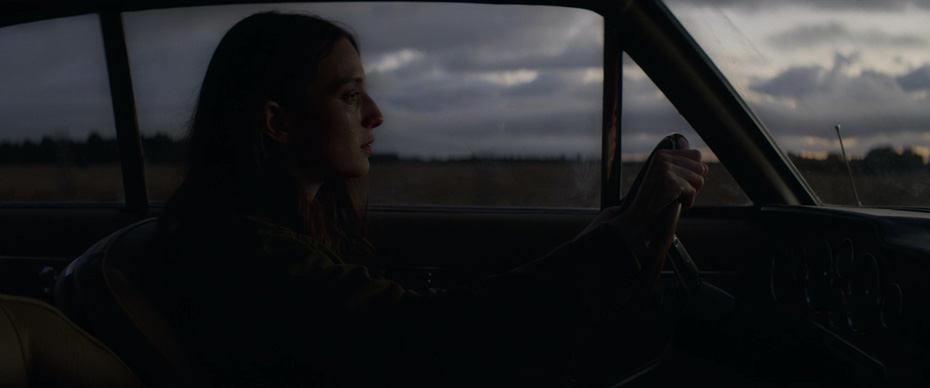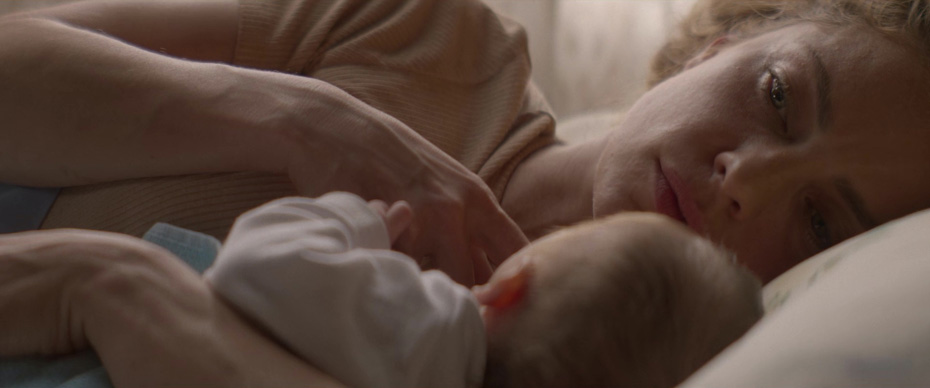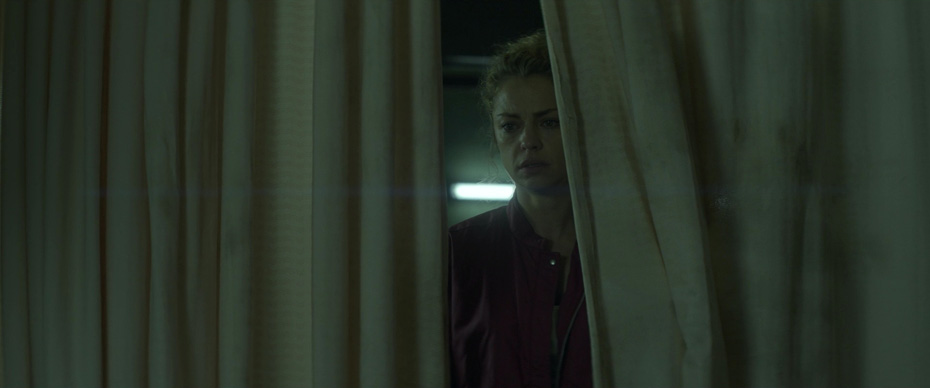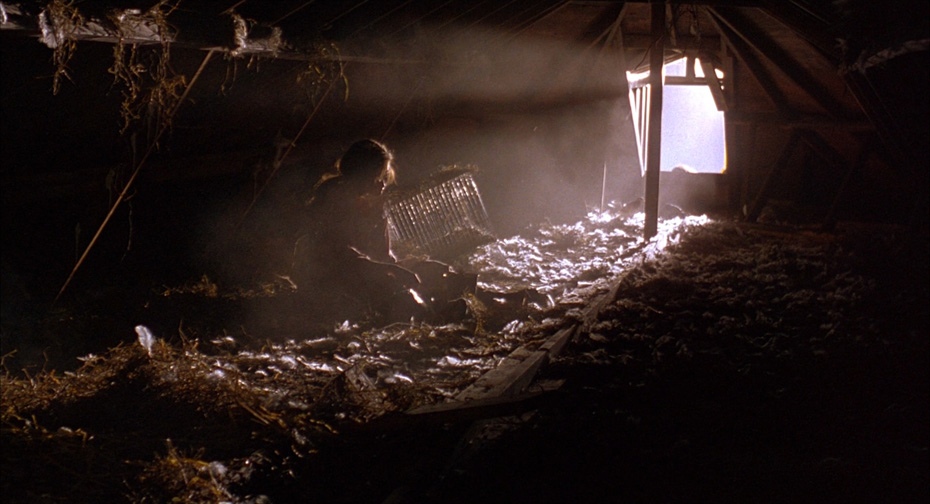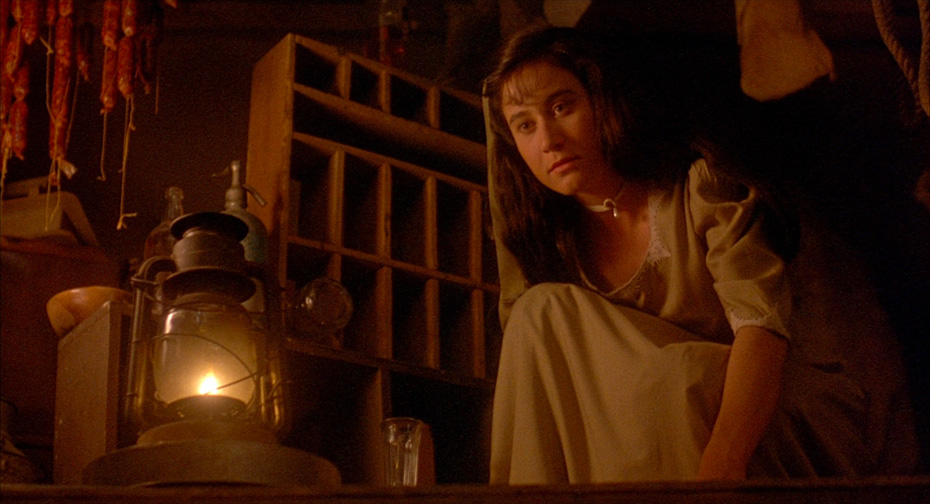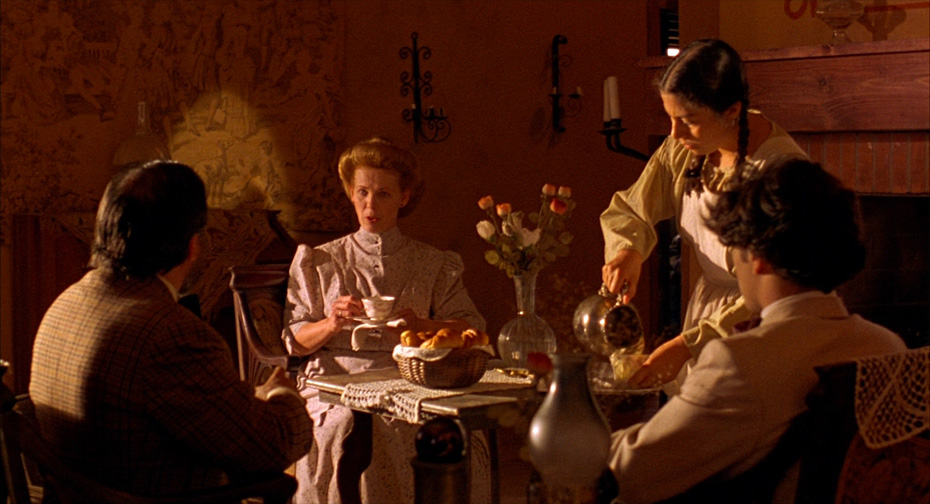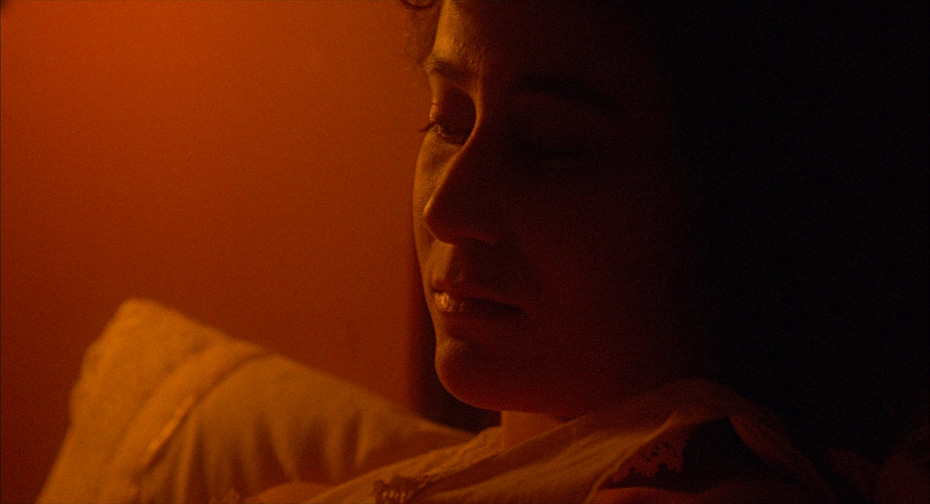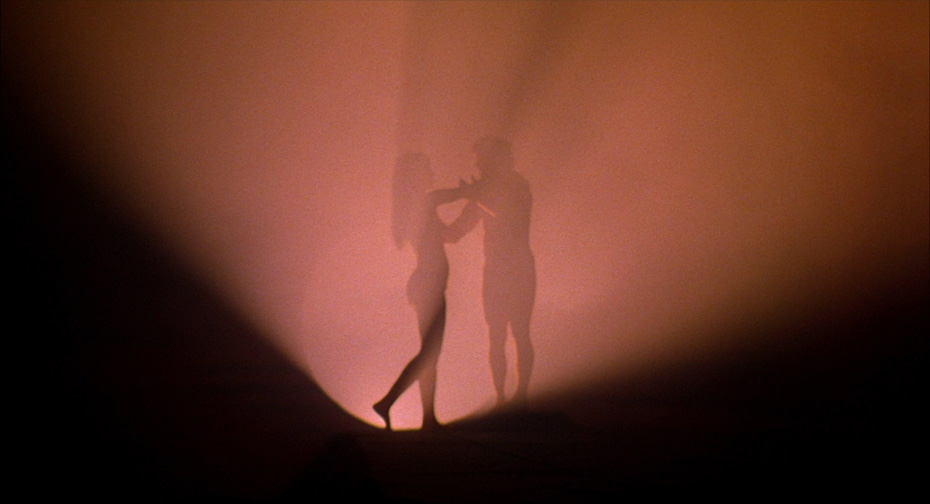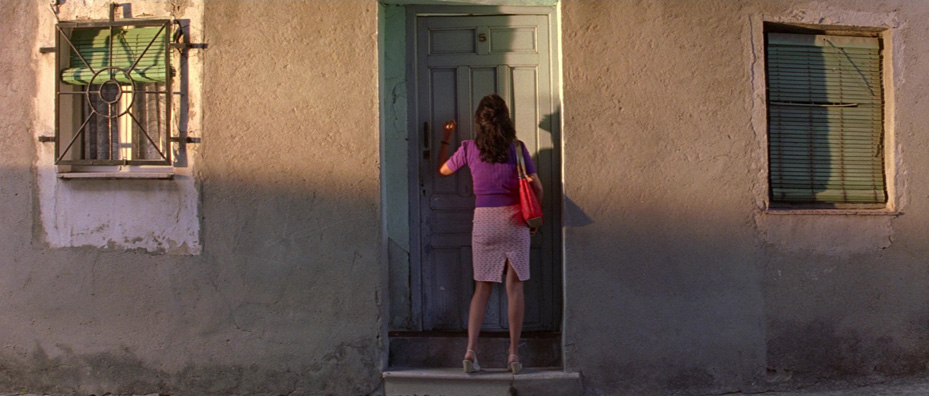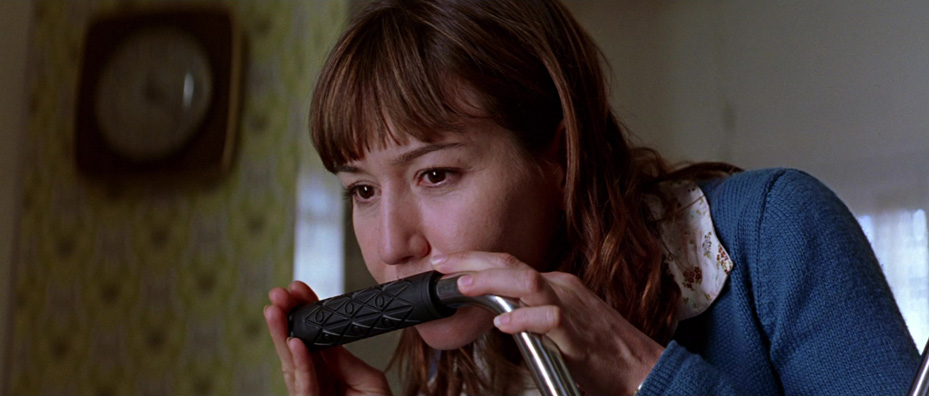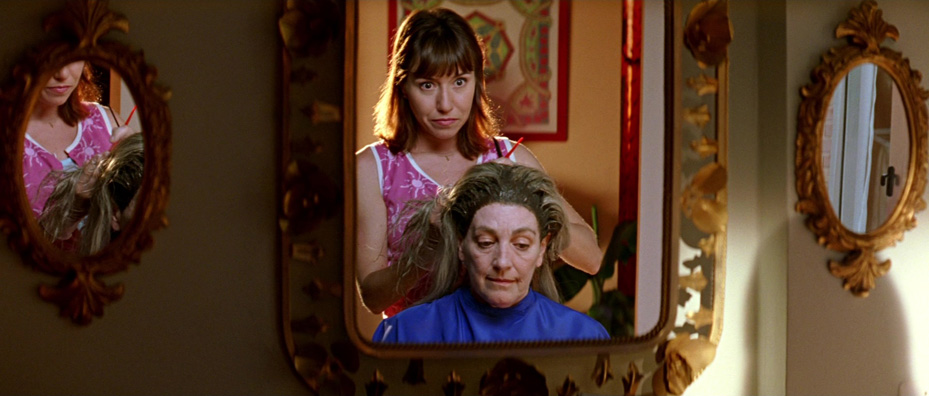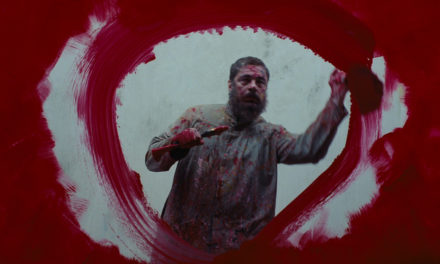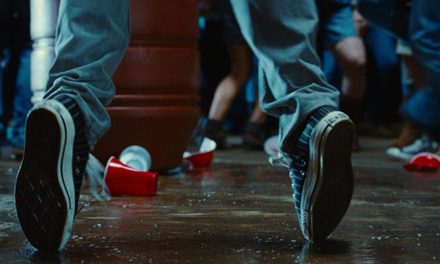THE TUESDAY DROP: 3200+ New Shots
09.13.22 Get your Decks ready ShotDeck Team! We’re adding the complete first season of Atlanta, as well as multiple films in celebration of Hispanic Heritage Month including La Ciénaga, Monos, Desperado, and more. Check them out below, and remember you can always request films for future drops by clicking here!
ATLANTA: SEASON 1 (2016)
ATLANTA is an American comedy-drama television series created by and starring Donald Glover. Glover plays music manager Earnest “Earn” Marks, and the show follows the lives of him and his client, rapper Paper Boi (Brian Tyree Henry), alongside their friend Darius (Lakeith Stanfield) and Earn’s on-again, off-again girlfriend Vanessa (Zazie Beetz). The group navigates a seemingly otherworldly version of the Atlanta rap scene. Season 1 of Atlanta premiered on FX in 2016, and was nominated for five Primetime Emmy Awards, winning for Outstanding Lead Actor in a Comedy Series and Outstanding Directing for a Comedy Series (both Glover). Glover and main director Hiro Murai worked on Season 1 with American cinematographer Christian Sprenger, who is also known for his work on projects such as GLOW, Station Eleven and Brigsby Bear.
While Sprenger, Murai and Glover knew that they were going to shoot the series digitally, all three agreed that the show’s visuals should be simple and direct, embracing elements out of their control and seeking to find imperfections in the image, in keeping with the elements of cinematography they all loved about working on film. Sprenger, Glover and Murai were also interested in creating a fluid tonal identity for the series visually, given the show’s constantly shifting storytelling tones, and were inspired by the visual language of Tim Sutton’s film Memphis and its ability to create an experimental, dream-like mood for its audience. Sprenger shot the series on the ARRI Amira using Kowa Cine Prominar lenses, and sought to find these imperfections digitally by bumping the ISO of the camera to 1280 or 1600 and underexposing by up to three or four stops. DIT Chris Hoyle would live grade the images back up three or four stops to get back to “normal” exposure, and he and Sprenger would check the noise in the shots to see how far they could push the image without completely destroying it with digital grain. The result was a filmmaking process that minimized use of color grading in post-production, relying largely on the image in the eyepiece to see what the final product would be.
LA CIÉNAGA (2001)
Lucrecia Martel’s 2001 classic LA CIÉNAGA is her feature directorial debut, and follows a bourgeois Argentine family on holiday in a rural country house, chronicling their stagnation and self-pitying boredom. The film features an ensemble cast featuring Graciela Borges, Mercedes Morán, and Martín Adjemián. La Ciénaga premiered at the Berlin International Film Festival, and later played at the Toronto and New York Film Festivals. Today, it has grown in its reputation to be considered one of the most memorable debut feature films of the century so far. Martel worked on La Ciénaga with Argentine cinematographer Hugo Colace and sound editor Hervé Guyader.
Colace and Guyader’s collaboration alongside Martel became the foundation upon which the cinematic identity of La Ciénaga was formed. Martel was clear from the beginning of pre-production that the script of La Ciénaga was diffuse in its nature, ignoring suggestions that she re-write the film to follow a more traditional structure in favor of an approach that both recounted memories of her own family and created a non-realistic, somewhat off-putting tone for the audience. Much of the visual language of La Ciénaga, and Martel and Colace’s collaboration, became predicated on what was not shown in the frame, and Guayader’s involvement from pre-production helped Martel create a world that extended beyond the one presented on screen. Colace’s compositions often stopped short of showing all the characters present in a scene, and Guyader’s vivid, heightened sound design helped create a world that was swampy, stressful and claustrophobic, allowing La Ciénaga to gradually tighten in its tension and lack of breathing room in a subtle, unorthodox way as the narrative progressed.
DESPERADO (1995)
Robert Rodriguez’s 1995 American neo-Western action film DESPERADO stars Antonio Banderas as El Mariachi, a former musician and gunslinger who arrives at a small Mexican border town seeking revenge on the drug lord who killed his lover. Desperado also stars Joaquim de Almeida, Quentin Tarantino, Steve Buscemi, Cheech Marin and Salma Hayek. Desperado is the second part of Rodriguez’s Mexico Trilogy, preceded by El Mariachi and followed by Once Upon a Time in Mexico. The film premiered at the 1995 Cannes Film Festival, and grossed over $58 million from its $7 million budget.
While Desperado was made with a budget significantly greater than the $7,000 Rodriguez used to make El Mariachi, the film’s ambitions faced a major test given the limited budget they had to work with. Rodriguez continued to set up the production for Desperado with the same ethos as El Mariachi, shooting second unit footage himself, relying on friends to compose the music (which was originally cut into the film as temp score) and hiring almost entirely from Mexico in order to make the 39 day shoot move as efficiently as possible.
MONOS (2019)
Alejandro Landes’s 2019 war drama MONOS follows a group of teenage soldiers assigned to watch over an American hostage in a fictional mountainous forest in Colombia. The film is inspired by Lord of the Flies and Heart of Darkness, as well as the ongoing plight of child soldiers in South America. It stars Julianne Nicholson, Moisés Arias, Sofía Buenaventura, Julián Giraldo, Laura Castrillón, Deiby Rueda, and Jorge Román. Monos premiered at the 2019 Sundance Film Festival, where it won the World Cinema Dramatic Special Jury Award. Landes worked on the film with Dutch cinematographer Jasper Wolf, who is also known for his work on Instinct, Paradise Drifters and Bodies Bodies Bodies.
Landes and Wolf envisioned Monos as a subjective war fable, and wanted to create an intense, intimate, and sensory experience – a fever dream channeled through the perspective and emotions of the children at the heart of the story. They started with Klimov’s film Come and See and the jungle paintings of Henri Rousseau as a starting point for inspiration, and also looked at the photography of Bill Henson, Jim Goldberg and Tim Hetherington. While the pair shot-listed the entire film up-front, they wanted to stay open to spontaneity, and give themselves the opportunity to deviate from their shot list when in their locations such as the top of the Páramo de Chingaza mountain or the jungles of Antioquia. To put the audiences in the space in a hyperrealistic, sensory manner, they decided on an approach where they shot in wide-angle Cinemascope to create a sense of epicness, as well as using a Movi on the Alexa Mini they shot with to shoot long takes in the film’s most dramatic moments.
EL NORTE (1983)
EL NORTE is a 1983 drama co-written and directed by Gregory Nava. The film stars Zaide Silvia Gutiérrez and David Villalpando (both in their first feature film roles) as brother and sister Enrique and Rosa, who flee Guatemala after their family is killed during the Guatemalan Civil War to embark on a perilous journey towards the United States. Their journey is split into three parts: Arturo Xuncax, Coyote and El Norte. El Norte premiered at the 1983 Telluride Film Festival and received an Academy Award nomination for Best Original Screenplay. In 1995, the film was added to the US National Film Registry by the Library of Congress, and was termed the “first independent epic”. Nava worked on the film with American cinematographer James Glennon, who is also known for his work on films such as Citizen Ruth, Election and About Schmidt (all directed by Alexander Payne).
Nava was just out of film school at UCLA when he began working on El Norte, and the production crew at some points was as small as five, including himself and Glennon. While the constraints of being a low-budget, independently-financed film limited some of the possibilities of production for Nava and Glennon, the pair were clear on their intentions with the story to firstly, tell a human story as a vessel for the film’s political ambitions, rather than the other way round, and secondly, to embrace the surrealist and magical realist elements of Latin American storytelling in the film’s visual language. The production faced significant challenges, particularly in Mexico, where armed men stole the film’s negative from Glennon and forced them to pay a ransom of $35,000 to get it back and immediately leave the country. Unable to make deals with SAG and government organizations to shoot the film, Nava, Glennon and the team filmed scenes whenever and however they could, eventually completing a film that has become a cornerstone of Latin American migrant education in the United States.
EMA (2019)
Pablo Larraín’s 2019 film EMA is a Chilean drama starring Mariana Di Girolamo, Cristián Suárez, Gael García Bernal, Paola Giannini and Santiago Cabrera. The film follows Ema (Di Girolamo), a young reggaeton dancer who sees her marriage with celebrated choreographer Gastón (Bernal) crumble after an adoption goes wrong. Ema premiered at the Venice International Film Festival, before also playing at the Toronto International Film Festival and Sundance Film Festival. Larraín worked on the film with longtime collaborator Sergio Armstrong.
Armstrong and Larraín set out a goal to capture the internal state of Ema and the labyrinthian visual world of the port city of Valparaiso in which the film takes place. On one hand, this meant creating a visual language that harnessed the emotional core of the film as well as the kineticism of Ema as the central character, given her dance background. But also core to this was Larraín’s collaboration with composer Nicolas Jaar for the score of the film. Jaar and Larraín began collaborating on Ema before production on the film began, and Larraín received songs that would come to define the tone of the film during pre-production. Larraín brought Armstrong into the collaboration, helping to define the visual language of flowing, kinetic shots that pushed the film into new visual territory.
EMBRACE OF THE SERPENT (2015)
Ciro Guerra’s 2015 Colombian adventure drama EMBRACE OF THE SERPENT follows two journeys made thirty years apart by indigenous shaman Karamakate in the Colombian Amazon jungle, one with Theo, a German ethnographer, and the second with Evan, an American botanist – both of whom are searching for the sacred fictitious plant yakruna. The film is inspired by the travel diaries of Theodor Koch-Grünberg and Richard Evans Schultes, and stars Jan Bijvoet, Nilbio Torres and Antonio Bolívar. Embrace of the Serpent premiered at the 2015 Cannes Film Festival in the Director’s Fortnight section, where it won the Art Cinema Award, and later won the Alfred P. Sloan Prize at the Sundance Film Festival, before becoming the first Colombian film ever nominated for an Academy Award (the film was nominated in the Best Foreign Language Film category). Guerra worked on Embrace of the Serpent with David Gallego, a Colombian cinematographer known for his work on films such as I Am Not a Witch, Birds of Passage (also directed by Guerra) and The Last Son. This was the pair’s first collaboration.
While Guerra initially intended upon making a film that was historically and anthropologically accurate to Koch-Grünberg and Schultes’s diaries, he came to see that this account was not incorporating the indigenous perspective on these journeys, which was crucial to the point of view adopted by the story. Guerra also felt that he could not accurately convey the perspective of a specific indigenous group in the Amazon without spending extensive time living and understanding it in depth, and found narrative freedom but respect in the film’s perspective by basing the story around the experiences of a man from a fictitious indigenous tribe from the Amazon. In beginning his collaboration with Gallego, Guerra made a couple of key choices that would define the visual language and filmmaking approach for Embrace of the Serpent. The first was to shoot the film on 35mm film – a decision that was taken because of the pair’s belief that this was the best medium with which to shoot a primarily naturally-lit film out in nature (with the added bonus that film cameras are sturdier machines that are less prone to problems with inclement weather and humidity that digital cameras face). The second was the decision to shoot the film in black and white, inspired by Guerra’s study of daguerreotype photographs of the Amazon. Guerra also felt that it was impossible to adequately capture the vibrancy of the Amazonian jungle on film (some indigenous people had over 35 different words for “green”), and that filming in black and white would allow the audience to create the colors of the lush forest in their mind’s eye.
FEVER DREAM (2021)
FEVER DREAM is a 2021 psychological thriller film directed by Claudia Llosa from a screenplay she co-wrote with Samanta Schweblin, based on Schweblin’s 2014 novel of the same name. The film tells the story of a charged relationship between two young mothers, one a visitor and the other a local, which reveals a looming environmental catastrophe and spiritual clash. It stars María Valverde, Dolores Fonzzi, Germán Palacios, Guillermo Pfening and Emilio Vodanovich. Fever Dream premiered at the San Sebastián International Film Festival. Llosa worked on the film with Spanish cinematographer Óscar Faura, who is best known for his collaborations with J. A. Bayona on The Orphanage, The Impossible, A Monster Calls and Jurassic World: Fallen Kingdom. Faura also worked with Morten Tyldum on The Imitation Game.
Llosa’s major challenge directing Fever Dream came from the task of adapting Schweblin’s novel alongside her in a way that made sense for the cinematic medium it would now be presented in. One of the biggest tasks came from the way the novel was told, with a narration and a conversation between the two main characters. Llosa had to incorporate an offscreen voice into the sound design of the film in a way that would accompany the story without suffocating it. Llosa’s collaboration with Faura became crucial to ensuring there was a symbiotic relationship between the visual and audio storytelling of the film. With the film venturing into dream-like territory, Llosa and Faura wanted the film to be tactice and grounded in realism, just like the novel managed to do, and this was the foundation for the visual language they then developed.
LIKE WATER FOR CHOCOLATE (1992)
LIKE WATER FOR CHOCOLATE is a 1992 Mexican magical realist romantic drama directed by Alfonso Aráu based on the 1989 novel of the same name by Laura Esquival. The film follows a young woman who discovers her talent for cooking when tradition prevents her from marrying the man she loves. It stars Marco Leonardi, Lumi Cavazos, Regina Torné, Ada Carrasco, Mario Iván Martínez and Yareli Arizmendi. Like Water for Chocolate became the highest-grossing foreign-language film ever released in the United States in 1992, and received ten Ariel Awards out of the 14 it was nominated for, including Best Picture. Arau worked on the film with Mexican cinematographer Emmanuel Lubezki, who is known for his work on films such as Children of Men, The Tree of Life, Gravity, Birdman and The Revenant.
With themes of gender roles and tradition versus more contemporary values playing at the heart of this magical realist drama, Arau and Lubezki wanted to create a visual language that embraced the real world issues at the heart of the story, while also allowing the look of the film to embrace the magical realist elements that it contained. Lubezki developed a visual style with strong and soft light sources that embraced a warm, glowing backlight on its characters without creating harsh shadows. Lubezki shot many scenes in low light and magic hour, embracing the silhouettes it created to achieve a magical effect in keeping with the story being told.
VOLVER (2006)
VOLVER is a Spanish comedy-drama film written and directed by Pedro Almodóvar, featuring an ensemble cast including Penélope Cruz, Carmen Maura, Lola Dueñas, Blanca Portillo, Yohana Cobo and Chus Lampreave. The plot of the film originates from Almodóvar’s 1995 film The Flower of My Secret, and follows an eccentric family of women from south of Madrid, starring Cruz as Raimunda, a working-class woman forced to go to great lengths to protect her daughter Paula, while her mother Irene returns from the dead to tie up loose ends. Volver premiered at the 2006 Cannes Film Festival, where it was nominated for the Palme d’Or and won the awards for Best Actress and Best Screenplay. Cruz was later nominated for an Academy Award for Best Actress, making her the first Spanish woman ever nominated in the category. Almodóvar worked on Volver with German costume designer Bina Daigeler, who previously worked with Almodóvar on All About My Mother, and would go on to work on films such as Hands of Stone, Mulan and Tár.
Like many of Almodóvar’s films, Volver made strong use of color as a storytelling device, and Almodóvar and Daigeler’s collaboration on the costuming of the film was a central component to telling the color story of the film. Daigeler paid extreme attention to detail in dressing Cruz in patterned pencil skirts, floral tops, and plunging gingham cardigans, offset with gold hoops and a locket featuring a tiny rendering of the crucified Christ. Cruz also had to wear a prosthetic bottom during filming, which Daigeler took into account with her costuming, helping to create a memorable central character whose eccentricities and emotionality was reflected in her costuming, and became the tonal focal point of the film.

